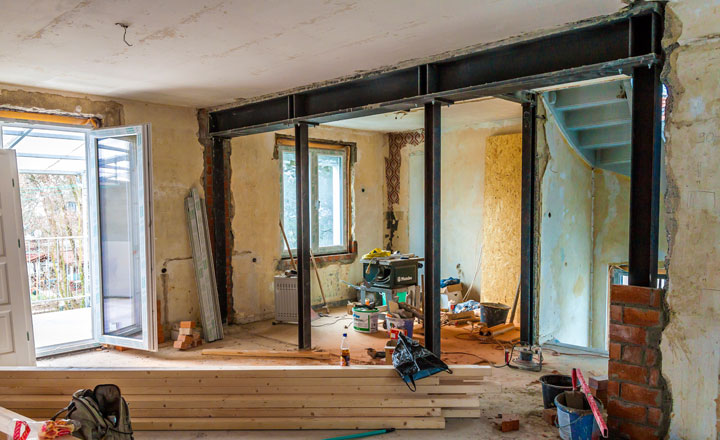Here are some tips to success with marketing older property.
1. Repair and upgrade your house
As you know, a home in move-in condition has eye appeal and gets the best price. Review similar houses in the area to better understand the facilities and prices you are competing on. This helps identify the most beneficial upgrades a homeowner must make before placing the home on the market.
Therefore, checking and providing the seller with a list of repairs and upgrades to offer the best price is essential. This should include:
- Repair cracks in the walls and ceiling, leaky or scratched fixtures in the bathroom and kitchen.
- Repair or replace old and damaged items
- Get heating and cooling systems checked and cleaned
- Paint the home in neutral colors
- Clean windows and let natural light show off the home, etc.
Advise homeowners about what is trending in the market. What styles and colors are popular? Paints, replacement floors, and new fixtures are relatively inexpensive and easy to recall in sales.
If the homeowner is not able to improve or the house is in such poor condition that the upgrade is not economically sound, sell the house “as it is now”. This means that the buyer is at risk and there is no guarantee of the condition of the house.
Homes that are currently sold should be advertised as non-warrantable, not inspected and sold “cash only”. Contractors are interested in buying a home in these conditions. If the price is low enough, the property will receive many incentives.
2. Pricing and listing
90% of homebuyers start searching online and 35% of homebuyers will buy a home online without a direct visit. The value of a list depends on captivating words and the right price. Agents have learned that “cozy” means small and wear and tear. “Vintage” means the house is old and outdated. Room “generous” size is usually average.
In addition, sellers should be encouraged to provide home warranties. This will give potential buyers more peace of mind.
Besides, prices are very important for quick sales. If a house has such a low price, buyers will wonder why. If a house is too expensive, it will drive buyers away.
3. Quality of photographs
The image quality of inside and outside of the house attracts the attention of buyers. If only the external image is displayed, the buyer will make negative assumptions about the interior.
Be sure to include the backyard and any features, such as the pool. Make sure the lawn is cut, bushes are trimmed. Clean sidewalks and streets, remove vehicles from driveways, etc. before taking pictures.
In terms of interior, open the curtains to brighten the room and take pictures of each room. Besides, remove cluttered items to attract a good look.
4. Advertisement
Advertising on real estate publications can help you find a second-home buyer. They even provide a profile page for real estate agents that sell second-hand homes.
In addition to the multi-listing service, advertising in newspapers and on every website is also a good idea. It encourages people to share with friends and family.
Keep a house open and invite other brokers to attend. Seeing the house directly and pointing out its features can encourage them to promote your listing.
5. Stage home for sale
According to real estate agents, staging a house reduces the number of days the property is on the market. Staging prepares the house to watch so it is most appealing to potential buyers.
Declutter the home to make it look wider. Remove all personal items so the potential buyer can visualize themselves in the home. Rearrange the furniture to provide appealing arrangements that allow buyers to walk easily through the rooms.
You should also know, empty rooms do not provide visual appeal. This is the time you should use 3D virtual staging to increase attractiveness. Keep in mind, when selling an old house, 83% of assets using staging services will sell for a price higher than the listed price.

